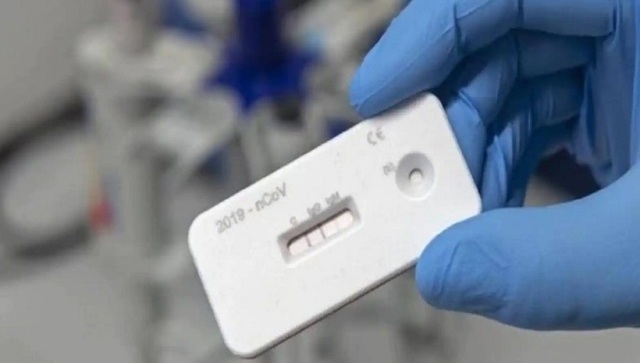You may have seen the blaring headlines from several news outlets – Boston University scientists develop deadly new COVID-19 strain with an 80 per cent kill rate. Sounds like the stuff of nightmares right? Except it’s not – not even close. Let’s take a closer look why: What happened? A team of scientists from Florida and Boston at the National Emerging Infectious Diseases Laboratories conducted the research by combining the Omicron strain’s spike protein – the unique structure that binds to and invades human cells – with that of the original virus that emerged from China’s Wuhan. As per Metro UK, researchers said this showed that while the spike protein is responsible for infectivity, changes to other parts of its structure determine its deadliness. Scientists also analysed at the effect the different strains had on lab-grown human lung cells, as per the report. According to Fox News, researchers said the new strain has five times more infectious virus particles than the Omicron variant. When the subjects were exposed to Omicron, they experienced only to mild symptoms. But the variant, a combination of Omicron and the original virus in Wuhan, killed 80 per cent of the subjects infected with it, as per the report. But there’s no reason for us to worry. And here’s why. Of men and… mice Because researchers were documenting how mice – not humans – reacted to the hybrid strain. “In… mice, while Omicron causes mild, non-fatal infection, the Omicron S-carrying virus inflicts severe disease with a mortality rate of 80 percent,” they wrote in a research paper.
For context, 100 per cent of mice infected with the original COVID-19 strain died when infected.
It is also to be noted that the lab at Boston University’s National Emerging Infectious Diseases Laboratories is one of 13 biosafety level 4 labs in the US. These labs, also in Texas, Atlanta and Manhattan, Kansas, are in fact authorised and equipped to handle the most dangerous pathogens. The aim behind their work is to prepare treatments and vaccines for future outbreaks.
But what if the variant somehow escapes the lab?
COVID-19, remember, was first detected at a Wuhan wet market (though some believe it may have originated at a lab). [caption id=“attachment_9780031” align=“alignnone” width=“640”] Representational image. Shutterstock[/caption] Well, scientists say we shouldn’t stress. The new strain is unlikely to be as deadly in humans as it is mice they posit, as per Metro UK. They also noted their study was limited to a specific breed of mice used rather than other mice which are more similar to humans. Then you have the differences in DNA and genes between mice and humans, which generate varied responses. Scientists said genes that regulate the immune system in mice and humans behave differently and respond differently to stress. University slams ‘false and inaccurate’ reports “First, this research is not gain-of-function research, meaning it did not amplify the Washington state SARS-COV-2 virus strain (original virus from 2020) or make it more dangerous,” the university told Boston Herald following a flood of breathless headlines it dubbed as “false and inaccurate.”
“In fact, this research made the virus replicate less dangerous,” the university pointed out in its statement.
“Consistent with studies published by others, this work shows that it is not the spike protein that drives Omicron pathogenicity, but instead other viral proteins,” lead study author Mohsan Saeed told the newspaper. “Determination of those proteins will lead to better diagnostics and disease management strategies,” Saeed said. As per the newspaper, the research was reviewed and approved by the Institutional Biosafety Committee, which consists of scientists as well as local community members. The Boston Public Health Commission also approved the research. The lesson? Something in a headline that sounds too good or bad to be true probably isn’t! With inputs from agencies
Read all the Latest News , Trending News , Cricket News , Bollywood News , India News and Entertainment News here. Follow us on Facebook, Twitter and Instagram.


)

)
)
)
)
)
)
)
)



